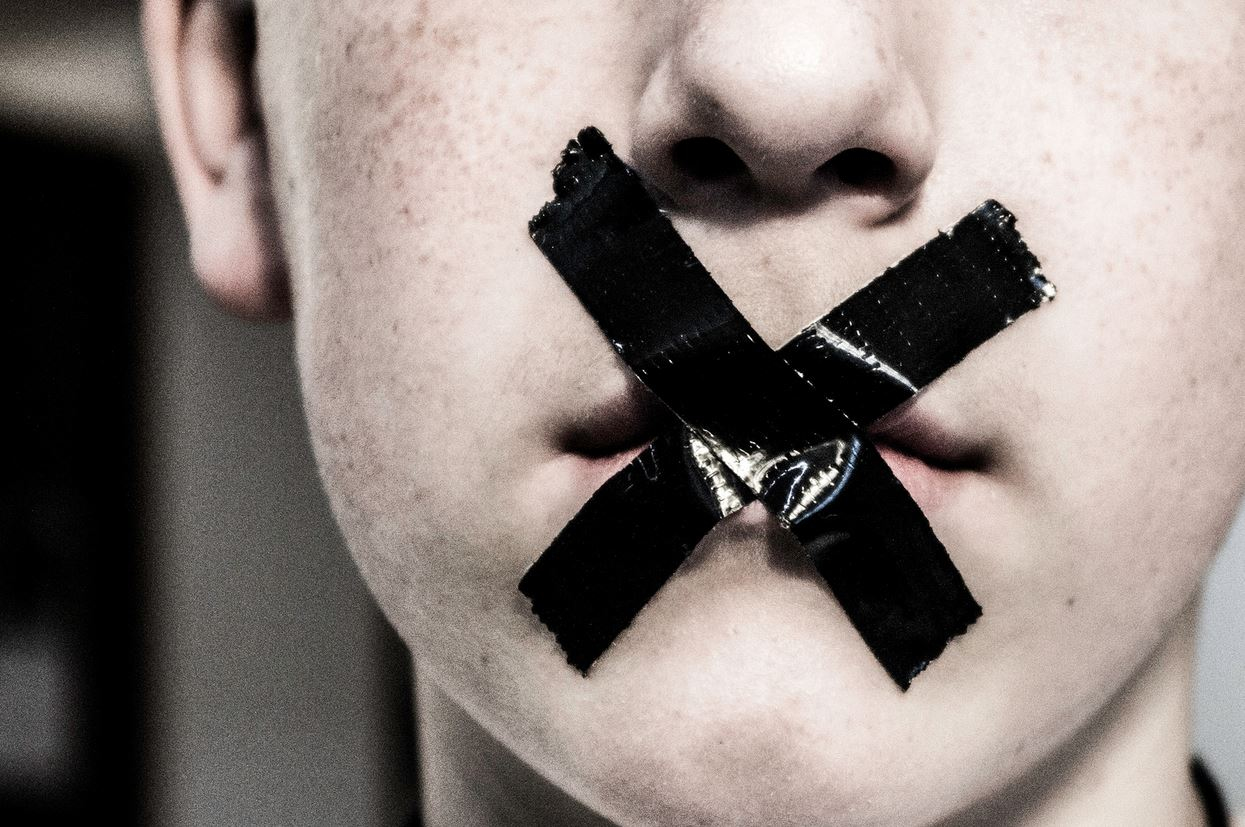If “Ecstatic Anticipation” were a perfume, it would be made up of equal parts: autumn leaves and school bus exhaust. Parents everywhere would wistfully dab a bit behind each ear in mid-July as their children stared aimlessly at a glowing screen. Despite our best intentions, in the absence of the structure of a school day, the summer months can be filled with high rates of digital device use.
Why less is better
Last year I presented to over 70,000 students and gathered millions of lines of self-reported student data. Here’s what I’ve found consistently (regardless of socio economics, geography, or school type):
- The age of onset of pornography consumption is 8 years old
- The age of onset of pornography addiction is 11 years old
- Sexting is beginning in the 4th grade (sexting = sending sexualized or “sexy” content via phone/web)
- Smartphone ownership begins as young as 2nd grade (7 years old)
There is no question that children who have unfettered, unsupervised access to web-enabled devices are multiplying their risk of being a victim and/or becoming a perpetrator of cyberbullying, sexting, sexual predation, and human sex trafficking – not to mention the absurd amount of pornography which is being consumed by extremely young children. The single thread which binds all of these risks together is access. Every single one of these risks requires access to the device in order to exist. Simply speaking: minimizing your child’s access minimizes their risk.
Changing any single habit or behavior can be tough – changing several can seem almost impossible. However, if you think just in terms of time and location, it will be far easier to cultivate and enforce healthier digital behaviors.
Time-based restrictions
No smartphones under 14 years old. In this case, the best place to begin is to not begin at all. A child under 14 years old has zero justification for owning a smartphone. (If there is a divorce situation – buy your child a flip phone.) Wherever you begin, your child will expect to expand on that starting point. If you bought an iPod Touch for your 8-year-old, the expectation to “upgrade” to a phone will come earlier rather than if the iPod Touch was gifted when the child turned 12 years old instead.
One-hour non-academic time per day. From that first day of school, the biggest difference in your child’s digital behavior comes from the reduced amount of time he has available to spend on devices. There are several studies suggesting that anything more than one hour of non-academic screen time per day increases your child’s digital risks. This solution also supports the idea of being mindful via proactive portion control versus reactively becoming a victim to the consequences.
Not on a school night. A great solution, especially for students in 6th grade and younger – no gaming or device use on school nights (Monday through Thursday). This is my favorite time-based solution mostly because it’s simple, super easy to enforce, travels easily with your child, and has fantastic outcomes.
Not before bed. Regardless of the day of the week or the person (this means you too dad) no one in your home should be using their phone, tablet, or laptop less than one hour before bedtime. The blue light waves given off by a backlit screen (versus a television) confuse your brain’s circadian rhythms into thinking it’s morning and it’s time to wake up. Additionally, this blue light can make a negative impact on the neural messages sent to your internal organs. If you look at your phone right before bed and you can’t sleep – that could be why.
Not after mom and dad have gone to bed. There comes a natural tipping point when children stay awake later than their parents. It’s very hard to keep an eye on what’s going on when, well, your eyes are closed. The easiest solution is to move the wifi/router into or near your bedroom and plug it into an outlet which has a timer. This way the power gets automatically shut off at X o’clock each night. The low tech solution? Yank the power cord out of the router as you head off to bed.
Location based restrictions
Not in the dead zone. Create dead zones for technology in your home – these are specific locations where devices are forbidden. Here are a few suggestions: all cell phones (including mom’s and dad’s) can travel through the kitchen but can never stop at the dinner table….no devices should ever be sitting or charging on a nightstand….there should be zero posting, texting, or web surfing during a family outing – especially while eating, etc.
Create a charging station. At X o’clock every evening all cell phones should be placed in a predetermined charging location. This includes your child’s friend’s phones if they’re sleeping at your home. Be sure to make it clear to their parents that this rule is non-negotiable.
Change the view. Make your children play outside! Studies show extended lengths of time engaged in immersive tech usage negatively impacts impulse control and anxiety. Conversely physical exertion and exercise increase blood flow to the brain which improves impulse control and lessens anxiety.
As parents, we’re expected to be infallible and omniscient – a tough combination. Mistakes and missed opportunities are inevitable. It happens to all of us. Going back to school in the fall is a natural time to re-engage. It might be hard, but don’t lose heart. You can do this. #BeFierceBeUnafraid.




